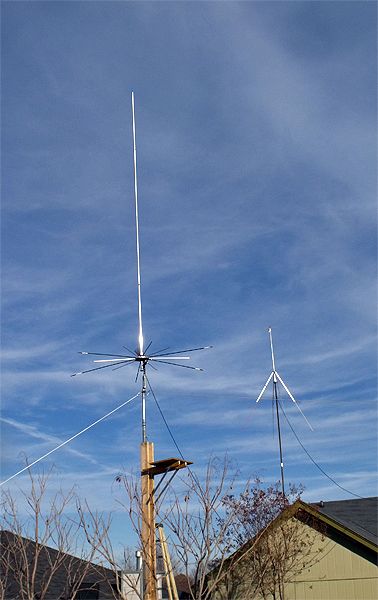Marconi,
"Are ya'll telling me if two antenna are equal in resonance, that the actual wave from a short antenna is physically shorter than the wave from a longer antenna?"
Very simply, with some qualifications, yes. A better way of saying it is that the shape of that radiation pattern changes. The same amount of signal is being radiated, it just goes to different places/distances. A good example of that is comparing the radiation patterns of any "full sized" antenna with a rubber-ducky. The same amount of signal can be furnished to the antennas, but because of their physical shape/length, a different 'size/shape' of radiation pattern is produced so that the radiated signal doesn't go as 'far' or in the same directions.
- 'Doc
"Are ya'll telling me if two antenna are equal in resonance, that the actual wave from a short antenna is physically shorter than the wave from a longer antenna?"
Very simply, with some qualifications, yes. A better way of saying it is that the shape of that radiation pattern changes. The same amount of signal is being radiated, it just goes to different places/distances. A good example of that is comparing the radiation patterns of any "full sized" antenna with a rubber-ducky. The same amount of signal can be furnished to the antennas, but because of their physical shape/length, a different 'size/shape' of radiation pattern is produced so that the radiated signal doesn't go as 'far' or in the same directions.
- 'Doc


